So how did it come to this? Stella Artois, one of grocery's most iconic and bestselling brands, has been overtaken in volume by Carlsberg, a beer that has morphed in a relatively short time from mediocre standard lager into a premium Continental beer.
Stella still has more than an edge in value sales, with a gap of £100m between the pair - and InBev remains confident in the brand. "It is important to remember the industry as a whole is facing challenges," says Stuart MacFarlane, InBev president, UK and Ireland. "We have a number of exciting activities in the pipeline."
If Carlsberg continues on its current trajectory, that may not be the case much longer. Things have changed a lot for Stella since its heyday. In the 1980s and 90s it rode the wave of interest in European lagers. Its ad campaigns, under the Reassuringly Expensive banner, were highly acclaimed and lent the brand an air of sophistication.
Fast forward to 2008 and things don't look as good. In the past three months Young's has dropped the beer from its pubs; a 30-year sponsorship with the Lawn Tennis Association has come to an end; and InBev dropped its Artois Bock variant, launched as part of the La Famille Artois offer in 2006.
Then, last week, came the news the Carlsberg family of brands had overtaken the Stella family in volume sales through the off-trade - up 17.7% to 2,814,858hl versus Stella's 0.8% rise to 2,790,394hl [Nielsen MAT to 22 March 2008].
The writing was on the wall, say analysts. Constant discounting took its toll and a shift in audience gave the beer the nickname "wifebeater". "It became a cash cow," says Euromonitor analyst Abid Rahman. "InBev became blinkered by the short-term sales potential of its star brand. At one point prices were as low as 56p a pint. It was unsustainable."
Stella has become a victim of "brand schizophrenia" says Fred Burt, director of consumer branding at brand consultancy Interbrand. "Advertising and communications are centred around 'expensive' positioning, yet ultimately it failed to deliver and consumers became confused. The brand lost its way."
Carlsberg appears to have benefited most from Stella's problems as last week's volume figures attest. "Carlsberg has managed to deliver added value for consumers who want more in a premium beer than just 5% abv," says one UK beer buyer. "It has recognised the shift to take home, investing in NPD such as the Draughtmaster keg, and has built its strategy around the recognition that volume is declining so it must drive value."
Carlsberg has arguably used its beer 'family' as part of its strategy better than InBev. It has kept its standard lager and premium Carlsberg Export, both heavily discounted, driving volume while more expensive beers in the range, such as Edge and Jacobsen, drive value. This is a strategy InBev may be trying to emulate with the launch of its La Famille Artois umbrella brand for Stella Artois, Peeterman Artois and Eiken Bock. However, Carlsberg's other beers are more established than Stella's much newer sister brands.
"The biggest problem facing Stella is that it's a mature brand and its original audience has moved on," says Sam Hart, analyst at Charles Stanley. "The brand needs to be repositioned."
The dilemma InBev faces is that halting discounting would increase value but cut volumes. Pushing niche beers in the Artois range, à la Carlsberg, would have the same effect. Driving value is key, but is it too little too late? n
Letters p26




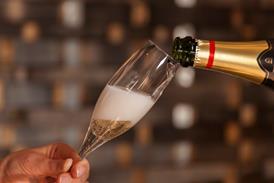





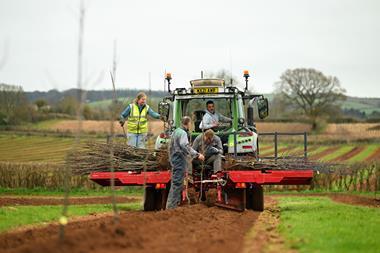


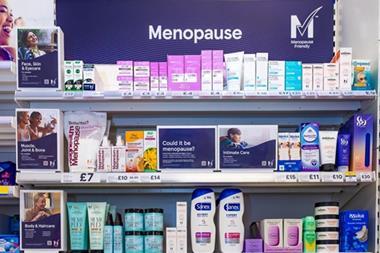

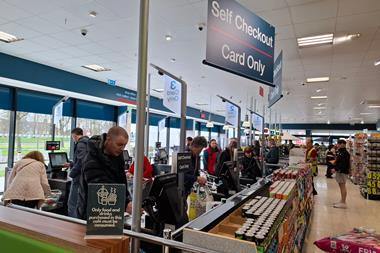
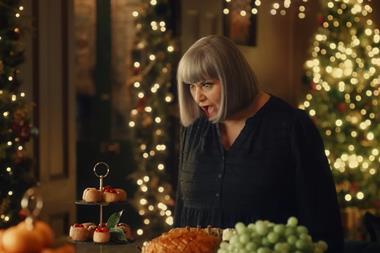

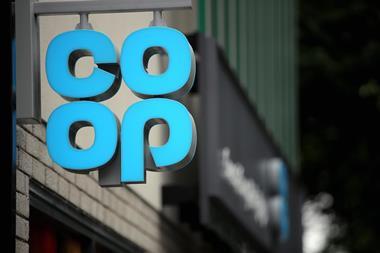
No comments yet